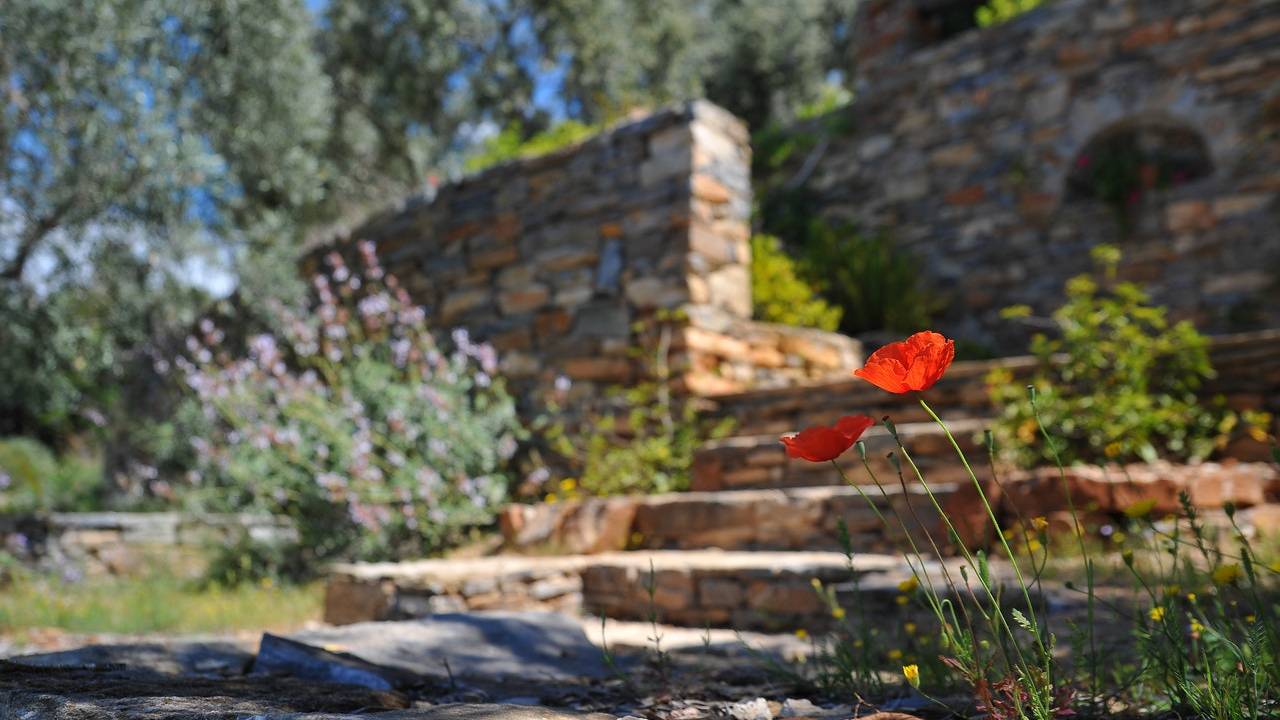After you plant a beautiful garden, you don't want to deal with any invasive plant species. These organisms displace native plants and prevent potential growth, which affects your backyard. Unfortunately, many home improvement stores sell invasive plant species – and buyers aren't aware. That's why it's essential to take action.
Here are a few ways to protect your property from invasive plant species.
What Are Invasive Plant Species?
Whenever a plant enters a new ecosystem, we can consider it to be an invasive species. Due to extensive travel and trade, it's become increasingly common for exotic vegetation to find its way to non-native locations. As a result, these invasive plants need to adapt to their environments. They absorb extra water and nutrients from the soil, which harms native plants. Invasive plant species may also cause erratic temperatures within the dirt.
Eventually, these invasive species alter their ecosystems permanently. The vegetation and wildlife that surround these invaded environments suffer complications – and may not return at all. Additionally, these plants grow wildly throughout their new homes. This aspect causes issues for homeowners, specifically, as they need to manage extensive, uncontrollable vegetation.
Therefore, it's essential to do what you can to stop their spread.
1. Learn About Different Kinds
Above all else, it's crucial to learn about every type of invasive plant species. Each region varies, so you'll want to educate yourself on local plants. Though some states have banned this vegetation, several nurseries continue to stock up on them. If you don't purchase invasive plant species, you won't need to tear apart your landscape later. Be on the lookout for certain plants that could grow naturally as well.
2. Remove With Special Tools
When you identify invasive plant species throughout your property, it's crucial to use proper removal methods. You may need to gather specific tools or equipment to tackle extensive issues. For example, a stump grinder could be an easy way to extract problematic trees. You should also try shovels and spades to dig up smaller roots. Research specific techniques so that you don't harm your landscape.
3. Clean the Area Thoroughly
Sometimes, plants can regrow from small pieces. As you remove an invasive species, remember to clean up the area. Use a systematic approach to tackle specific sections at a time. This way, you can stay organized. Keep a large trash bag handy so that you can collect roots and other chunks and bits. Once finished, look around to make sure you've retrieved every part of the plant.
4. Re-Plant Native Species
After you clean the landscape, re-plant with a native species. A new plant can thrive within this fresh soil, even if it contained an invasive species previously. You can choose from a variety of attractive, healthy plants that won't harm your landscape. Don't forget to consider your specific region as you buy seeds and plants. After all, their location makes them native.
Plant them as you're supposed to so that they're ready to grow immediately.
5. Hire a Professional
If you find that an invasive plant species has taken over, it may be best to contact a professional. You could use herbicides to address your issues, but those chemicals can prove deadly – especially when misused. An expert can make the correct decisions for your specific problem. Then, you and your property should stay as healthy as possible.
Plus, if you can't identify a certain invasive species, a professional could provide a simple consultation. It's better to be safe than sorry.
Use These Tips to Preserve Your Yard
Over time, invasive plant species can harm your landscape and its vegetation. Use these methods to locate and remove these plants so that you can preserve your yard.


Comments(0)